Tea culture has a long history in China, and white tea, as a member of it, is gradually becoming more and more popular among tea lovers for its unique flavor and simple production process. Brewing a good pot of tea, in addition to tasting the true flavor of tea, is a reflection of the art of living. Through the correct method of making tea, we can fully feel the sweet aftertaste of white tea. So, how can we make a cup of white tea that is really sweet? This article will take you to explore the origin and characteristics of white tea, and unveil the seven steps of the correct brewing of white tea, and take you to experience the mellow aroma and elegance of white tea.
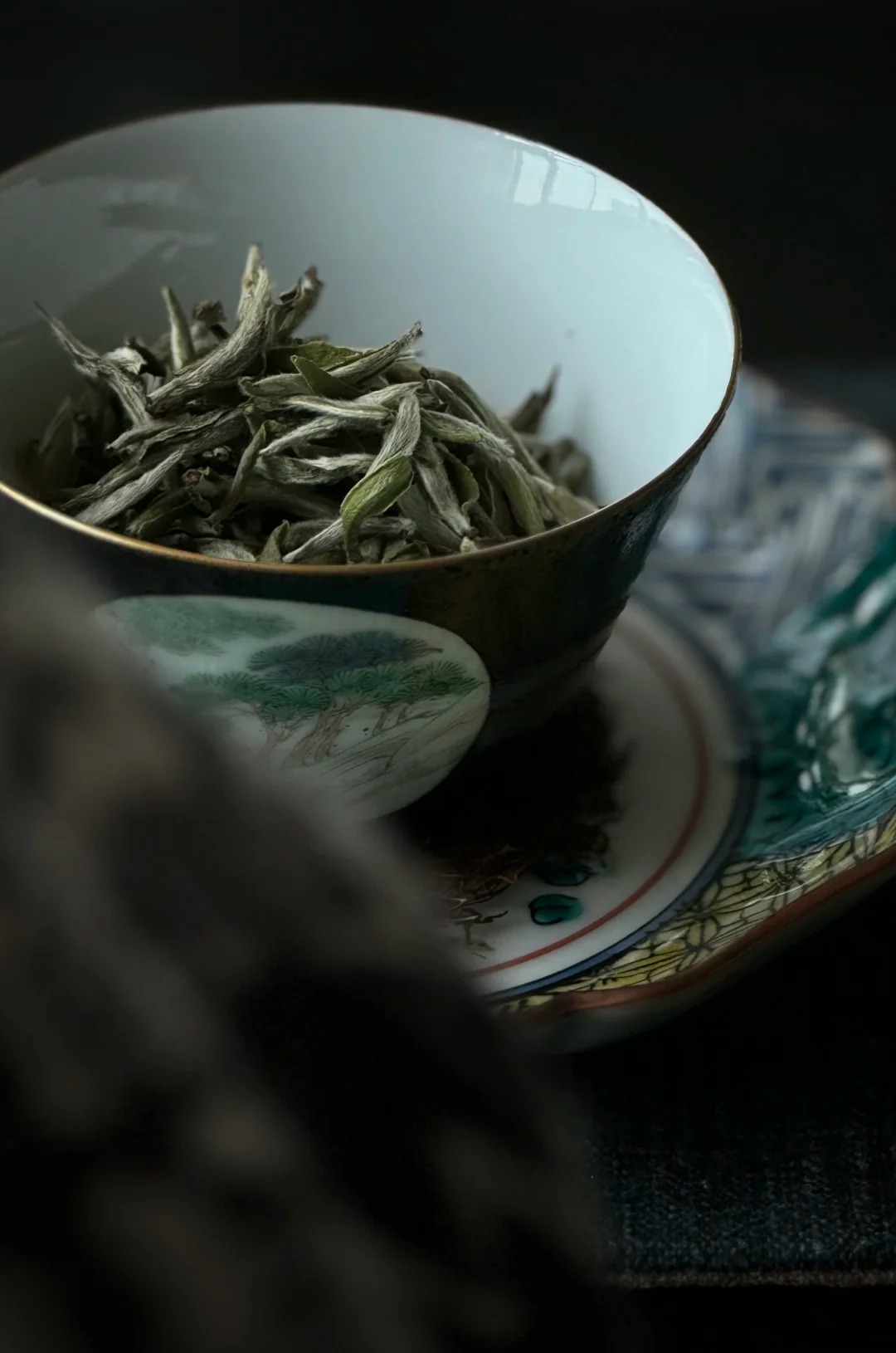
Explore the origin and characteristics of white tea
White tea has a long history and its origin can be traced back to the Tang Dynasty period, with Fuding and Zhenghe in Fujian Province being the main production areas of white tea. During the Tang Dynasty, white tea had already entered the imperial family as a tribute, becoming an exclusive treasure for emperors and court nobles. White tea is known for its unique slight fermentation process, which retains the natural components in the tea and maximizes the original flavor of the tea. Unlike other teas that undergo a complex process, white tea only undergoes two steps of withering and drying, and its natural floral, fruity and honeyed aroma has become the signature feature of white tea.
From the Song Dynasty onwards, white tea was not only a prized possession of the court, but also gradually spread to the literati and became part of their daily life. During the Ming and Qing Dynasties, the production and technology of white tea was further developed, resulting in the formation of several categories, such as “White Hair Silver Needle”, “White Peony” and “Shou Mei”. Although there are slight differences in the harvesting and processing of these different types of white tea, all of them retain the core flavor of white tea - light and sweet, with an aftertaste that lingers in the mouth.
Preparing the necessary tools for making tea
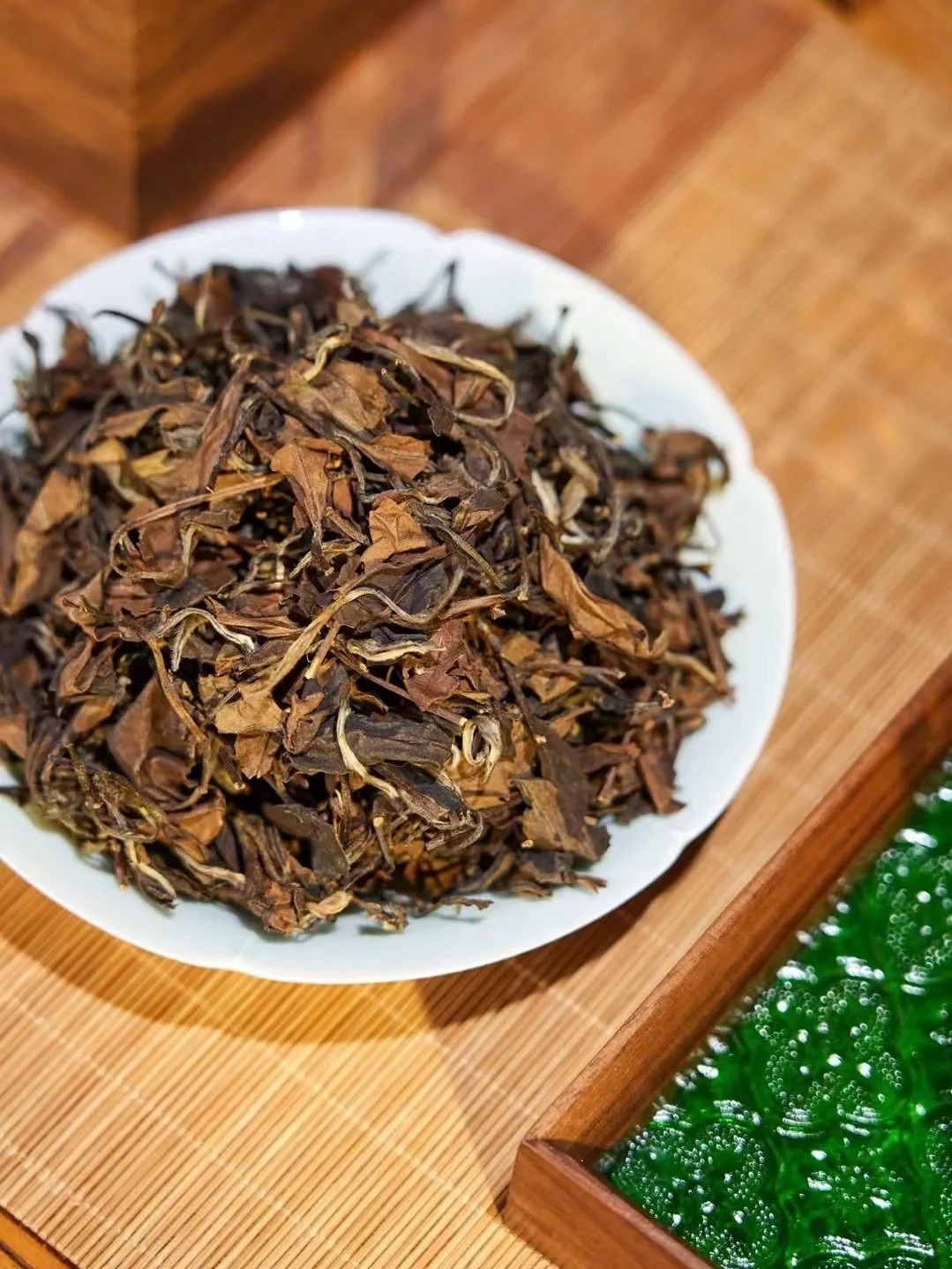
Brewing tea is an art, and the right tools are the foundation of this art. To make a good pot of white tea, you first need to prepare the following utensils: teapot, tea cup, tea funnel and tea tray. The teapot can be made from either a purple clay pot or a glass pot. Purple clay pots are breathable and can better retain the aroma of tea; while glass pots allow us to appreciate the white tea leaves in the water during the process of tea brewing and changes. Teacups can choose white porcelain cups or transparent glass cups, so that not only can visually appreciate the color of the tea soup, but also better feel the aroma of tea.
In addition to the teapot and teacup, the tea drain is also very important. As the leaves of white tea are large and light, they tend to float when brewing, using a tea funnel can avoid the leaves from entering the tea broth and affecting the taste. At the same time, auxiliary tools such as tea trays and teaspoons are also indispensable to ensure the hygiene of the tea brewing process, as well as to make the whole process more elegant and relaxed.
Initial Preparation: Choosing Water Source and Temperature
When brewing white tea, water quality and water temperature are important factors that affect the quality of the tea broth. The water source should be clean. Generally speaking, mountain spring water, mineral water or filtered pure water are the best choices, as these are clean and contain the right amount of minerals to better stimulate the aroma and flavor of the tea. Tap water is convenient, but if it contains too much chlorine or other impurities, it will affect the purity and flavor of the tea broth.
Next is the choice of water temperature. As white tea leaves are delicate, too high a water temperature will easily destroy the nutrients in the tea and make the tea broth bitter; while too low a water temperature will not be able to fully release the aroma of the tea. Therefore, the brewing temperature of white tea is recommended to be controlled between 85°C and 90°C, which can ensure the aroma of the tea broth, but will not destroy the natural ingredients of the tea.
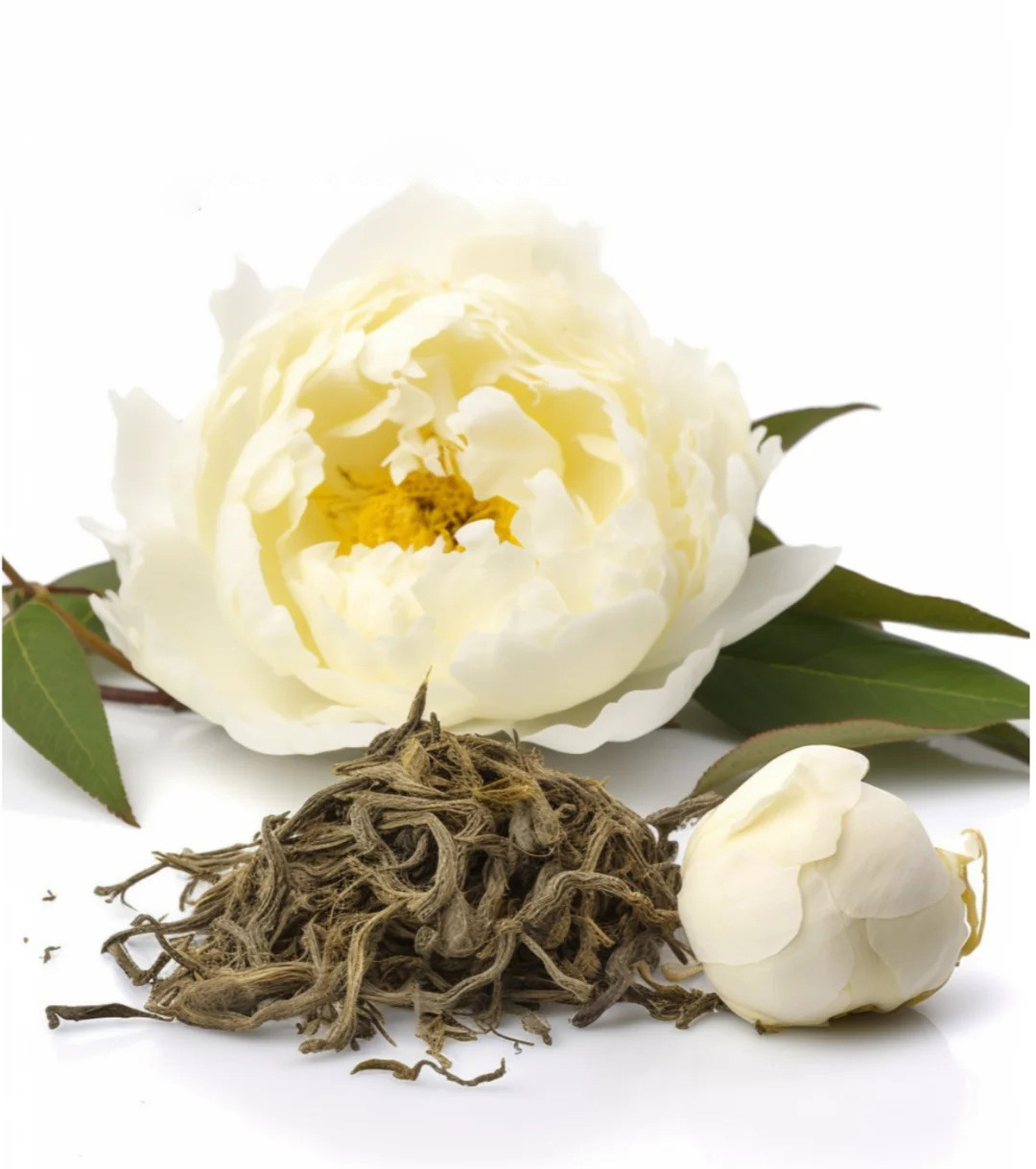
Tea in the pot: watering techniques explained in detail
One of the core steps of tea brewing is the technique of adding tea leaves into the pot and pouring water into the pot. For white tea, the amount of tea leaves and the way of water infusion will affect the final taste. Usually, 3g to 5g of white tea leaves per person is sufficient. If more than one person is enjoying the tea, the amount of tea leaves can be increased moderately, but avoid putting too much, otherwise the tea soup may be too strong, affecting its light and sweet flavor.When injecting water, it is recommended to adopt the “low flush method”, that is, the spout of the pot is close to the tea leaves and slowly injects the water flow, avoiding the impact of the water flow on the tea leaves, which affects the stretching of the tea leaves and the release of the flavor. An even, gentle flow of water into the teapot will allow the tea leaves to spread out gently in the water, slowly releasing its essence.
Time control: the key to the flavor of white tea
Time control is equally important when brewing tea, as different steeping times will directly affect the strength and flavor of the tea broth. For white tea, it is recommended that the first steeping time should be between 3 and 5 minutes. Too short steeping time may make the tea soup too light and the aroma is not strong enough; while too long steeping time will easily make the tea soup become too strong and bitter.
It is worth mentioning that white tea can be brewed several times. Usually, the first three brews of white tea can maintain a better aroma and flavor, and the time of each refill can be gradually extended. Through repeated brewing, we can better appreciate the different stages of white tea's taste changes.
Easy Aroma: Taste the fresh fragrance of white tea
During the brewing process of white tea, the aroma of tea is the most pleasant part. The unique aroma of white tea originates from the natural aromatic substances in the tea leaves, and as the hot water is brewed, these aromas are gradually emitted, bringing us a rich olfactory experience. When brewing tea, gently open the lid of the pot, close your nose to the teapot, and take a deep breath, you can smell the light floral and herbaceous aroma, as if you were in the middle of nature.
Taste the mellow aroma: the sweet aftertaste of white tea
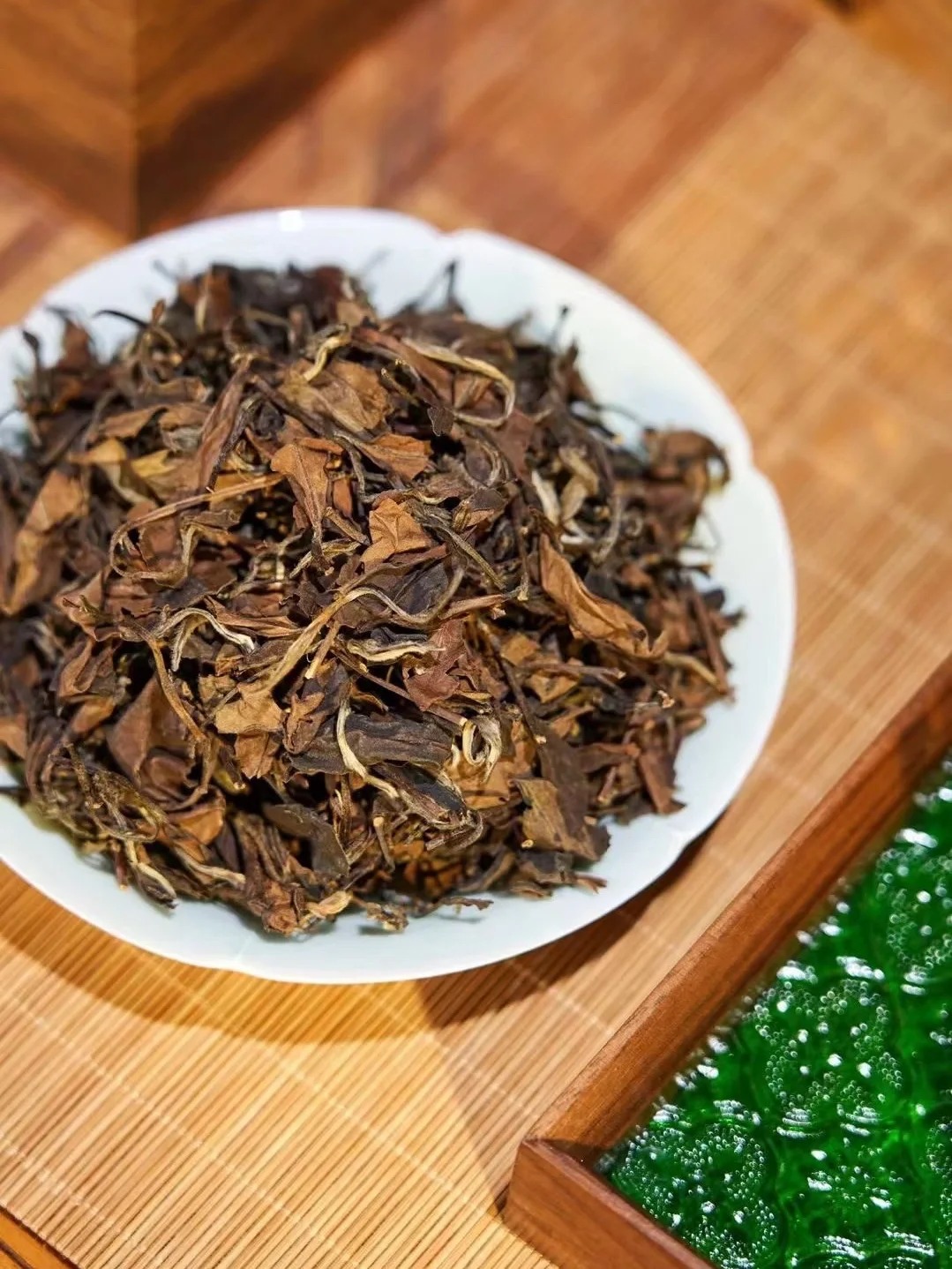
The charm of white tea does not only lie in its aroma, the sweet aftertaste is also one of the reasons for its charm. The correct tasting method can help us better feel the mellowness and sweetness of white tea. First of all, gently hold the teacup with your hand to feel the temperature of the cup; then take a small sip and let the tea soup stay in your mouth for a moment to fully feel its delicacy and smoothness. After the tea goes into the throat, the mouth will be left with a sweet aftertaste, a feeling that lingers for a long time, so that people can't help but savor one cup after another.
Seven Steps to Enjoy White Tea: From Tea Fragrance to Tea Rhythm
Through the seven steps mentioned above, we can enjoy the rich sensory experience brought by white tea. From choosing the water source, controlling the water temperature to filling the water, controlling the time, and then savoring the aroma and taste of the tea, every detail of tea brewing is full of fun and care. The careful handling of each step will bring different surprises to the final tea tasting experience.
White tea is not just a drink, it is a symbol of lifestyle. In the fast-paced modern life, brewing a cup of white tea and slowly savoring its mellow and sweetness is something that can make us meditate. Tea not only brings the enjoyment of taste, but also brings us a moment of tranquility and peace of mind.
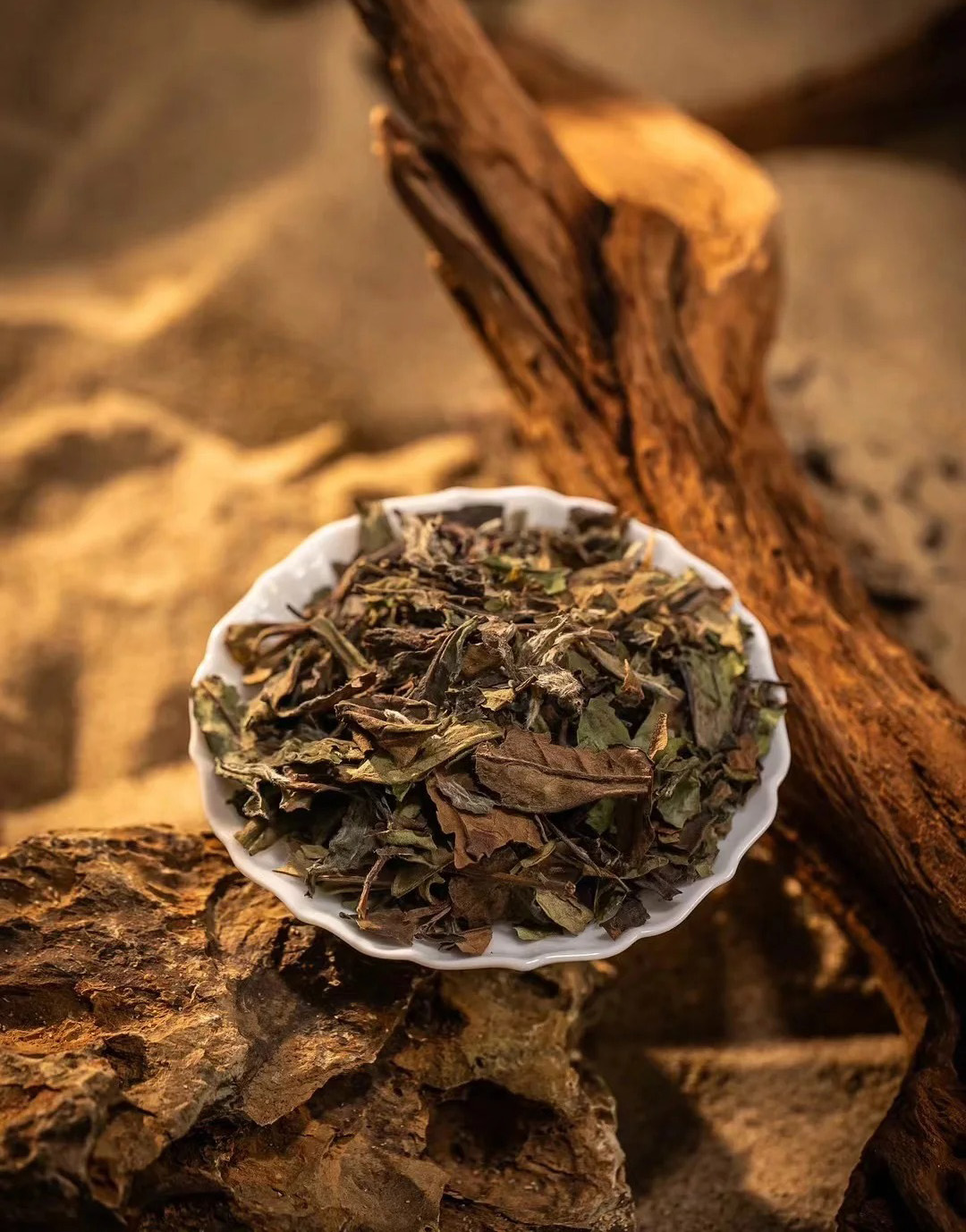
Summary
White tea has won the hearts of countless tea lovers for its unique aroma, sweet taste and rich cultural heritage. The correct method of brewing tea not only gives full play to the flavor of the tea broth, but also allows us to feel the unique charm of white tea in every cup of tea broth. From the water temperature, water injection to the brewing time, the mastery of each step is the key to our taste of white tea.
In this busy world, why don't you take a moment to brew a cup of white tea and enjoy the lingering aroma and sweet aftertaste? White tea is not only a delicacy on the tea table, but also a bridge for us to have an inner dialog with ourselves.
